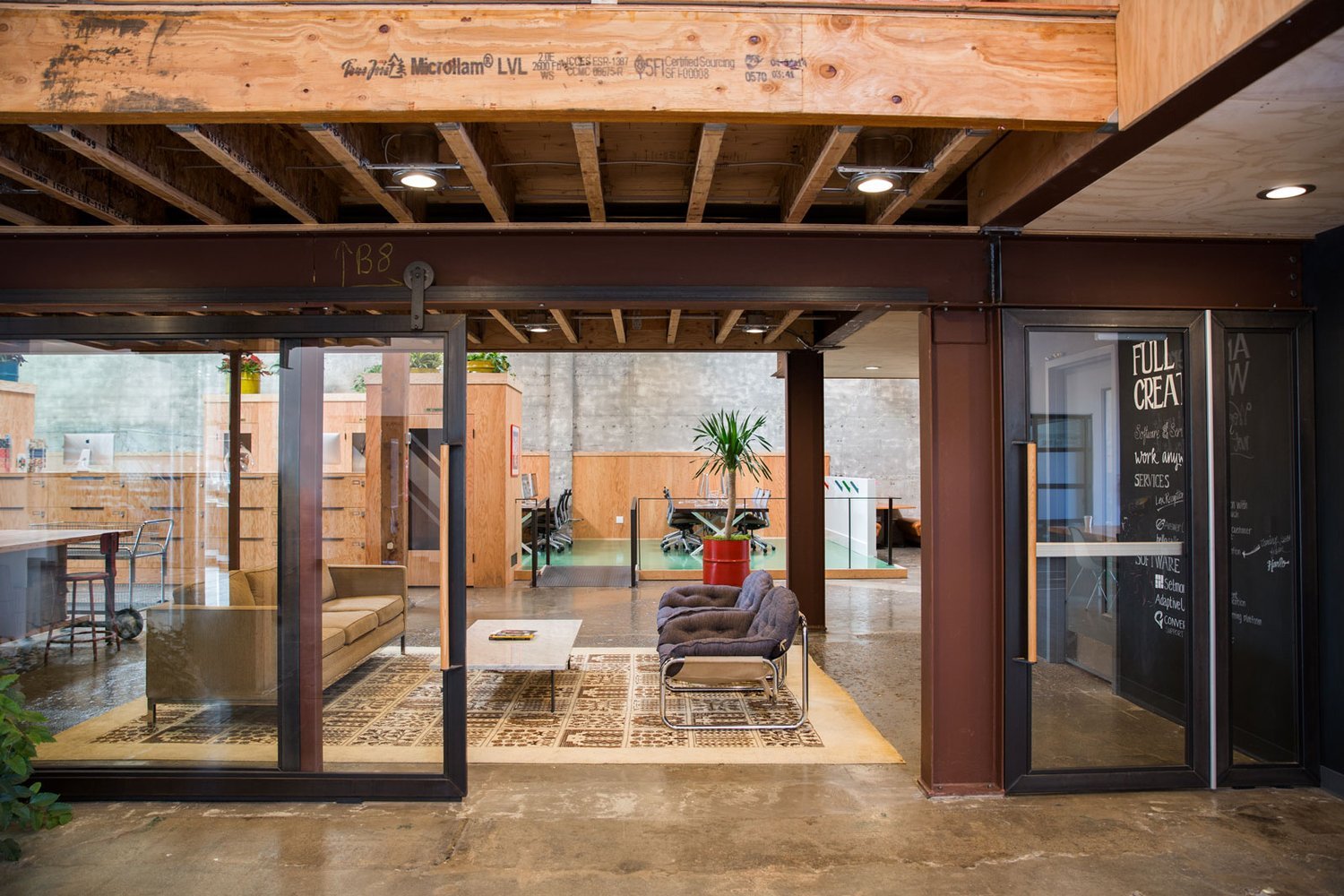RTO: Fostering Real Connection in Workplace Design
Office entry from the communal hall at 11Main
Why do some offices buzz with energy while others feel like ghost towns? The answer isn't in your amenities—it’s in understanding the third level of Maslow's hierarchy.
In my last post, I explored the foundational layers of Maslow's hierarchy in workplace design—physiological comfort and safety. Now, let’s talk about the next critical level: belonging. When basic needs are met, employees seek meaningful connection.
The Importance of Belonging in the Workplace
The key insight? Community can’t be manufactured through design alone. Understanding your organization’s unique culture is essential, often requiring collaboration with specialists who can uncover the deeper patterns of how your teams interact and connect.
Characteristics of Successful Community Spaces
Successful community spaces:
Reflect authentic company values, not trendy design
Support existing cultural rhythms and rituals
Provide choice in how to engage
Eliminate friction points that discourage interaction
Accommodate both planned and spontaneous gatherings
Tailored Workplace Design for Unique Cultures
The design that sparks community varies widely:
Some teams build connection through shared meals
Others thrive on impromptu brainstorming
Many need quiet spaces for focused work and mentorship
Some cultures value privacy, others transparency
Remote-first teams need different connection points than in-person ones
A Case Study: 11 Main
We’ve seen the power of culturally aligned design firsthand. At 11 Main, we helped our client transform their workplace from an outdated and quiet cubicle farm into a dynamic environment that reflects their commitment to sustainability and community engagement.
The space now features:
A welcoming ground floor that connects with the neighborhood
Design elements showcasing their environmental mission
Starting with Deep Listening
The transformation from a lifeless office to a vibrant community hub starts with deep listening.
What cultural shifts are you trying to achieve?
How do your most engaged teams already connect?
What barriers prevent the connections you want to see?
Learn More
To see how thoughtful design can transform workplace culture, visit our case study of 11 Main. Let’s discuss how we can create a similar alignment between your workplace design and cultural aspirations.
Next Post:
I’ll explore how workplace design supports professional growth and innovation—the peak of Maslow's hierarchy.

